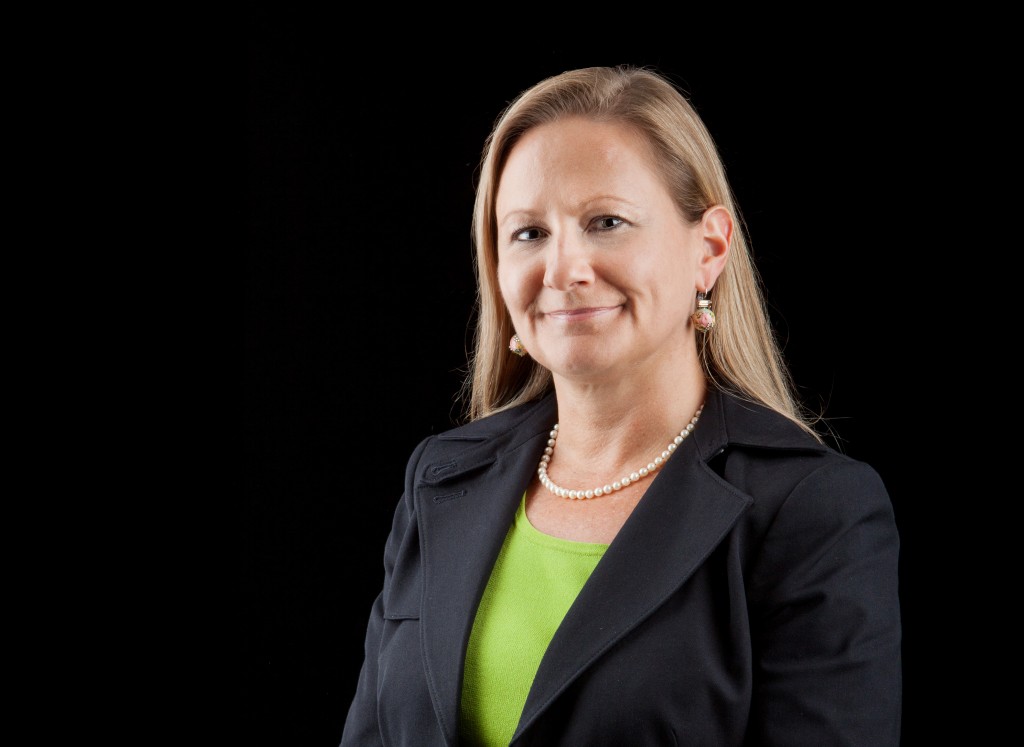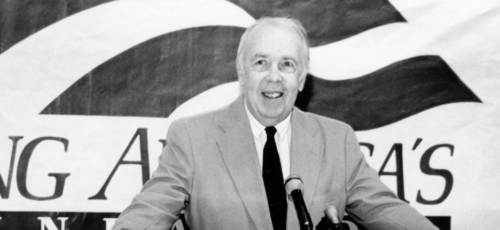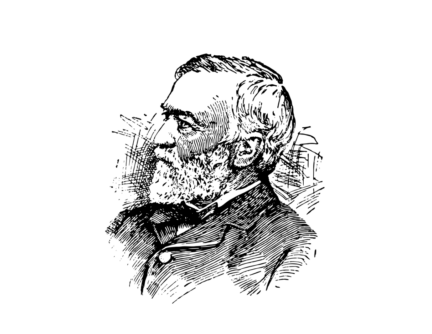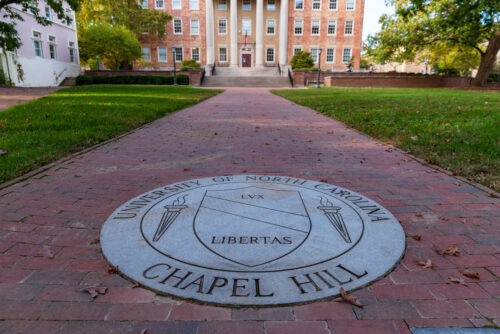My first reaction to the death of Whitney Ball, who died on August 17, 2015 at age 52, was that I wish I knew her better. Steve Hayward, in his fine tribute to Whitney on the Powerline website, notes that he would regularly call her up and talk to her at length about the issues of the day. I never had the nerve to call and chat with her.
I received money from three different DonorsTrust clients. But even if I had no fiduciary relationship with DonorsTrust, I would still respect her achievements. She created what William E. Simon president James Piereson observes as an organization that contributes $90 million a year to conservative and libertarian causes—far more than any one organization.
In doing this, Whitney helped solve a philanthropic problem that has long plagued the right. I remember when the Olin Foundation was spending itself down, and the talk in conservative circles was to try to prolong Olin’s life on the grounds that the foundation’s funds could never be replaced. But Whitney Ball figured out the answer—rather than rely on one large donor, use a great many small ones.
I first met Whitney Ball when she was working for development for Stan Evans’s National Journalism Center in the early 1990s. I don’t recall anything earth shattering about these conversations. But it should be noted that Whitney never forgot Stan Evans, and in 2013 organized a well-deserved and very enjoyable tribute to Evans at the National Press Club.
Here are two stories about Whitney. The first happened after she started DonorsTrust in 1999 but before I left the American Enterprise Institute in 2002. I’ll say it occurred in 2001.
At that time, AEI had a large annual dinner in the Washington Hilton ballroom (which was known to AEI staffers as “the prom”). The big names sat up close, while more junior people sat on the outer tiers. I remember Whitney telling me afterwards that even at such an early stage, DonorsTrust was such a substantial donor that she got to sit up close—a move that pleased and surprised her.
The second story takes place around 2010, and I don’t remember where it took place. But I do remember Whitney saying how the Left kept bashing and bashing DonorsTrust for being a fiendish fount of right-wing funds. But even the most hardened leftists she said, would have been surprised to learn that the largest single grant was to something utterly non-political—probably a church, possibly a choir.
A look at the DonorsTrust 990 confirms what Whitney told me. It is true that nearly every conservative and libertarian group you can think of got money from DonorsTrust in 2013, including the nonprofit that honors the memory of Russell Kirk. But a close look finds that while about two-thirds of the nonprofits DonorsTrust were right-wing, about a third were not.
For example, DonorsTrust gave money to some public policy groups not known to be part of the right, including the Families Against Mandatory Minimums Foundation and the James Randi Educational Foundation. The Marijuana Policy Project Foundation received at least 10 grants.
Other organizations receiving DonorsTrust grants in 2013 not previously known to be part of the vast right-wing conspiracy include the Smithsonian, the Phillips Collection, the New-York Historical Society, the Salvation Army, the National Black Chamber of Commerce, the nonprofits associated with Central Park and Yellowstone National Park, hospitals in Philadelphia and Scottsdale, Arizona, and at least ten colleges and universities, including small schools (Lake Forest College) and large ones (UCLA).
My two favorite grants DonorsTrust made were to the endowment of the Oakland, California Rotary Club and the San Antonio Figure Skating Association. I am sure some doughty investigator for Greenpeace or Mother Jones will expose these groups as Koch-funded fronts. I mean, have you been to San Antonio? It’s hot down there. No doubt these “figure skaters” are plutocrats, consuming their king-size steaks and bourbon-and-branch in the cheering shadow of a gushing oil well.
Emerson said that an institution is the lengthened shadow of one man, and the virtues of DonorsTrust are its founder’s virtues. First, Whitney Ball was, as a person, very quiet. I never saw her call attention to herself, and I believe her only full-length interview is this one, done with Philanthropy in 2005. In an age where we are constantly told we must enhance our brands by tweeting, posting to Facebook and Instagram, and blogging about ourselves, this made her highly unusual. That doesn’t mean DonorsTrust is secretive; anyone who wants to know what they spend their money on can go to Guidestar and find out. In addition, DonorsTrust regularly bought full-page ads in conservative and libertarian magazines. But by not spending any money on publicists, DonorsTrust kept a low profile.
Second, DonorsTrust is based on trust. It does what its contributors want it to do—give money to organizations that support limited government and traditional virtues. I know of no story where a disgruntled contributor to DonorsTrust or his or her heirs have blasted the organization for disregarding a donor’s intentions. DonorsTrust’s ironclad commitment to donor intent makes it an effective organization.
By creating DonorsTrust, Whitney Ball created an important organization and made the world a better place. She will be missed.







Martin this is a fabulous piece and spot on. Whitney was at the “table” when I was first brain storming the idea for the Center for Education Reform. I kept asking her when I launched if I should list her as a cooperator, an ally, an advisor and she never wanted to be recognized for what she did. She was so quiet, maybe too quiet, that many of us never knew her cancer returned. It was never about her. God Bless her. We can all take a page from her book.